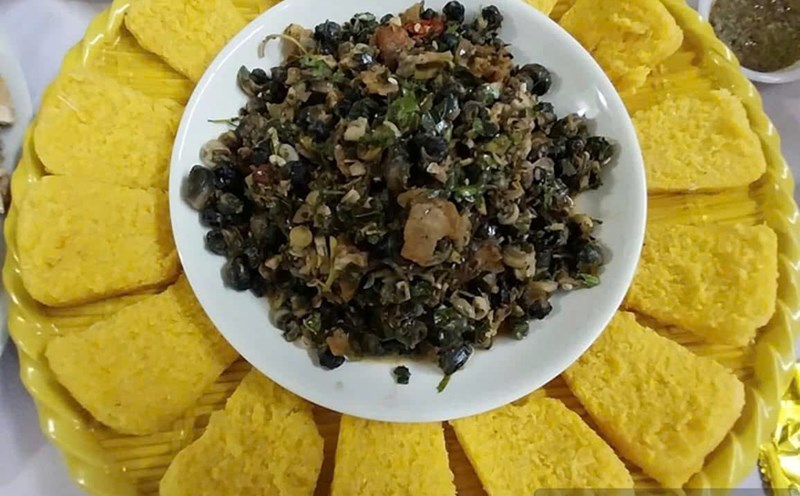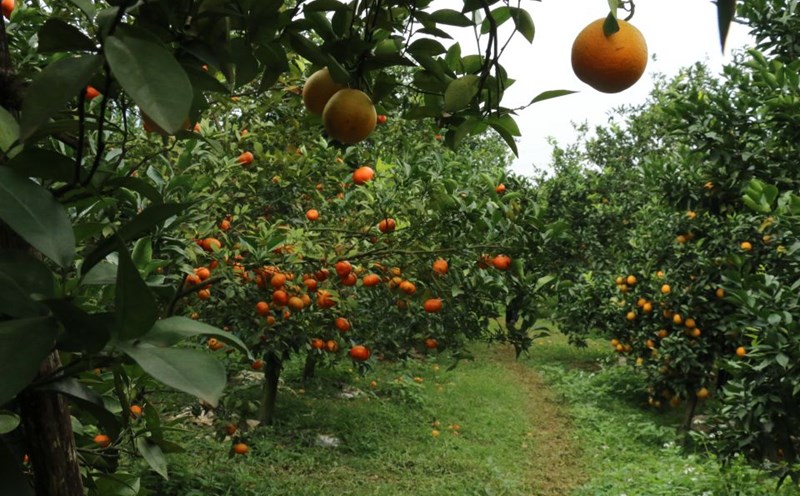Mountain essence
On February 1, Ms. Bui Thi Que (Ward 5, Muong Xen Town, Ky Son District, Nghe An Province) said that during this year's Lunar New Year, her family sold thousands of kilograms of beef, a local specialty, to the market.
About a month before Tet, she started mobilizing about 10 workers to produce beef jerky.
After being seasoned, the beef is dried on the stove until cooked, then vacuum-sealed, packaged and sold. Every year, during Tet, her family makes beef jerky to sell, bringing the specialty of the mountainous region of Nghe An to customers all over the country.
Besides bo giang and bo giang, Ky Son district also has many other specialties that are very popular in the market such as black chicken, green squash, sticky rice wine, etc. During Tet, these items are even more scarce, no matter how much is available, it is all bought up, the price is higher than usual.
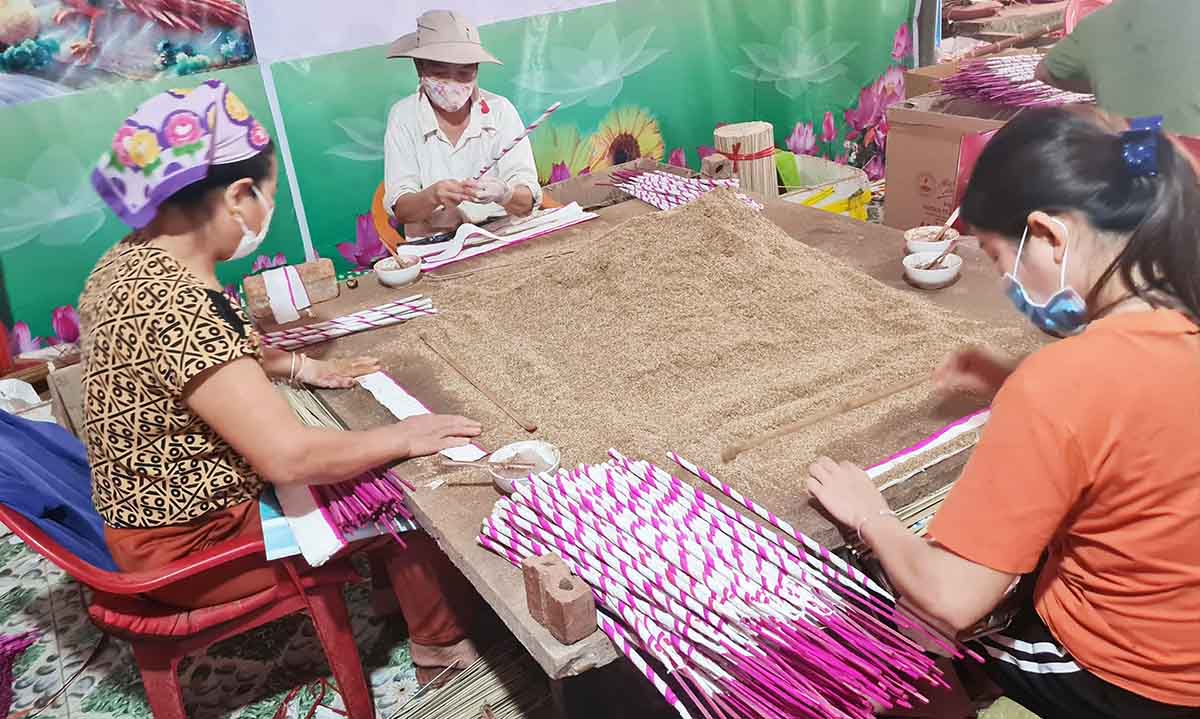
In Quy Chau district, the most famous Tet product is agarwood. Also on this occasion, agarwood production facilities enter the bustling production season. Agarwood is made from natural agarwood powder, has a pure aroma, and is often used in ancestor worship and Tet rituals. Not only does it have spiritual value, agarwood is also a sophisticated handmade product, demonstrating the ingenuity and dedication of the people here.
Production facilities in Chau Tien, Chau Hoi, Chau Hanh, Chau Binh, Tan Lac town… are operating at full capacity. Everywhere raw materials are dried, and finished incense products give off a fragrant aroma.
According to the People's Committee of Quy Chau district, the annual output of incense sticks in the whole district reaches about 90 million sticks, with revenue reaching over 40 billion VND, with about 150 production households, creating stable jobs for hundreds of local workers, contributing to hunger eradication, poverty reduction and economic development.
Quy Chau is also famous for its specialties such as bitter bamboo shoots and duck, which are not only popular with locals but also attract customers from all over the country. The strong demand for these specialties has created a driving force for economic development, while promoting cultural exchange and preserving traditional identity.
Driving economic development and cultural promotion
The production and trading of specialties of Western Nghe An bring a stable source of income, especially during the peak Tet season. Many households have escaped poverty and improved their lives thanks to the development of traditional occupations.
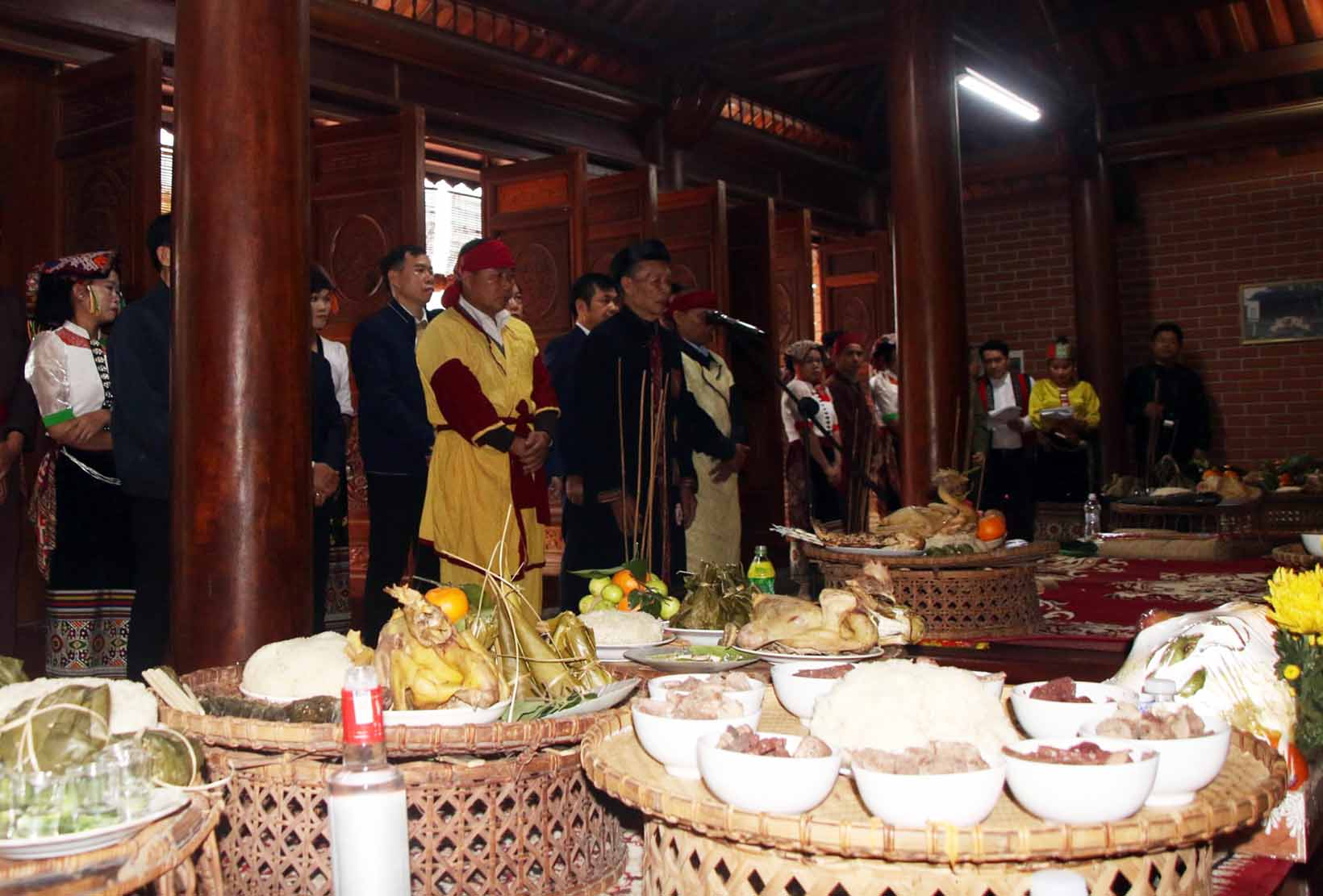
From production, processing to consumption, these specialties create many local jobs for people, contributing to limiting labor migration. Consumption of specialties also promotes trade, increases tax revenue, and supports local budgets in developing infrastructure, health care and education.
In addition, the production and consumption of specialties of the people of Nghe An mountainous region also contribute to preserving and promoting traditional culture. Products such as incense or bitter bamboo shoots are not only food but also symbols of national culture. The pursuit of these specialties helps spread the image of Western Nghe An throughout the country.
Specialties such as incense and brocade are associated with long-standing crafts. The development of these products during Tet has encouraged people to continue to preserve and promote traditional crafts.
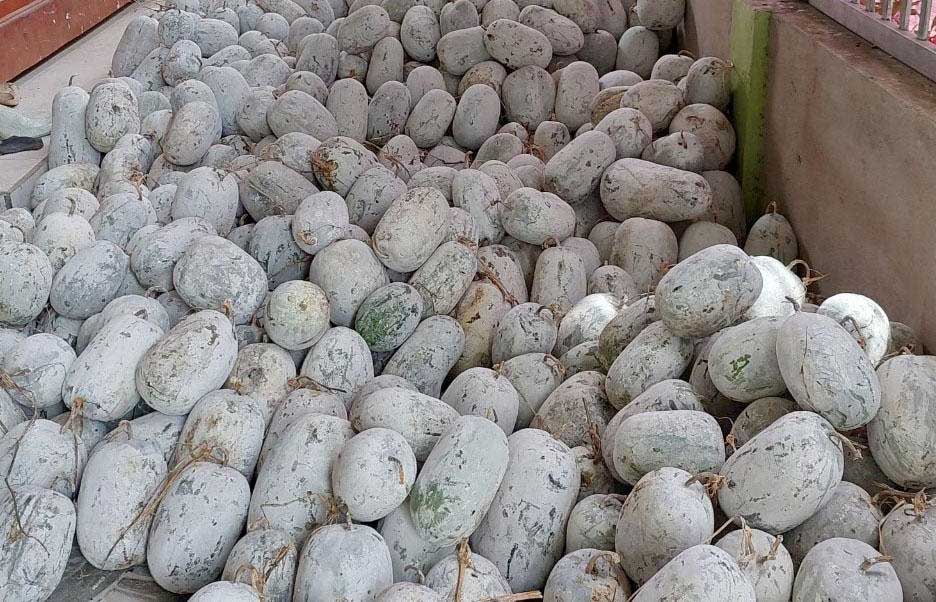
Not only stopping at consumer demand, many customers also want to come to the place to experience the production process and explore the local culture. Tet fairs and markets are also opportunities for people in the highlands to interact with customers in the lowlands, creating connections between communities.
The demand for specialties of Western Nghe An during Tet not only shows the attraction of unique products with rich cultural identity but also brings strong motivation for local economic development and cultural exchange.
This is not only a story about cuisine, but also a connection between tradition and modernity, between the people of the mountainous regions and the communities across the country. With a sustainable development strategy, these specialties will certainly continue to affirm their position and value in the domestic and international markets.

